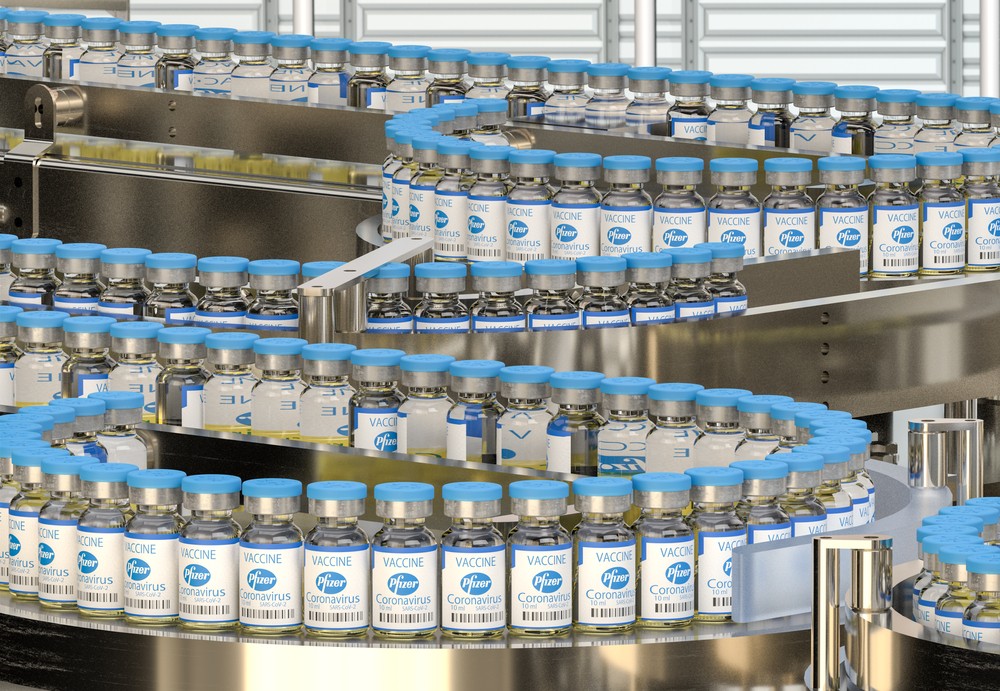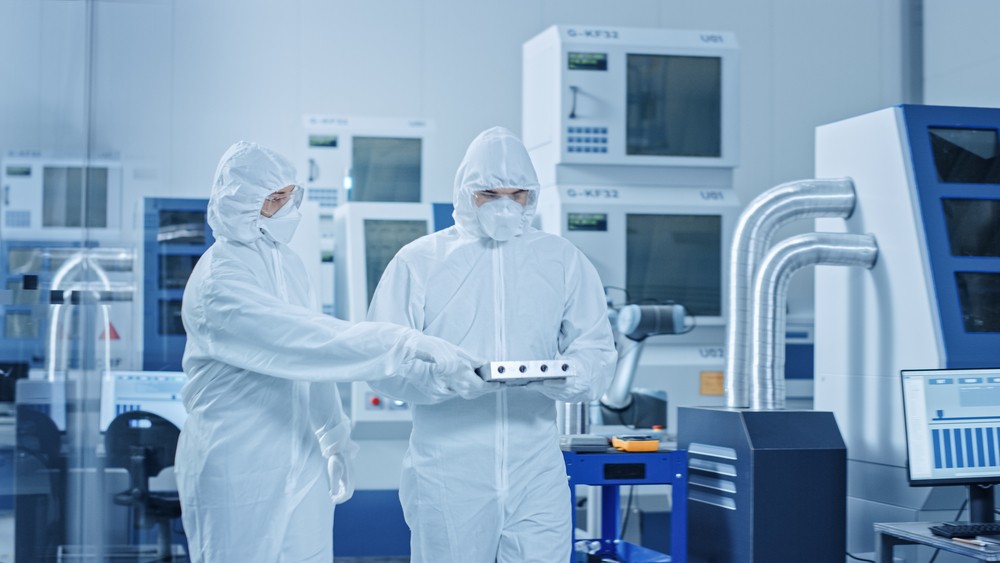Vaccine Production is Peaking: Here’s the Secret to its Rapid Rollout

COVID-19 vaccination is still in the earliest stages of a global rollout, and the logistics of getting needles into the arms of people who need inoculation is still taking shape. As supply chain and distribution challenges make themselves apparent, there’s one aspect of vaccine rollout that’s firing on all cylinders: production. Pharmaceutical manufacturers are operating at a high level, turning out massive quantities of the vaccine to help meet the unprecedented demand for inoculation around the globe.
Manufacturing’s unprecedented ramp-up
Despite approval for its coronavirus vaccination in December 2020, Pfizer announced in early January 2021 that its manufacturing partner, BioNTech, has expected projections to produce two billion doses of the vaccine in the year ahead. This is actually an increase over initial projections of 1.3 billion made in December. It’s an unfathomable feat, made even more amazing by the fact that it’s unprecedented.
Albert Bourla, Ph.D., CEO of Pfizer, applauded the scalability and quickness of the manufacturing strategy at the annual J.P. Morgan healthcare conference, stating:
“I have to say that I have admiration for our manufacturing team as much as I have for our research team. It’s almost equally difficult to scale up manufacturing at that level so fast as it was to develop the vaccine, and both teams have risen to the occasion.”
That said, these increased production targets come at the cost of temporary setback. Pfizer announced that, to accommodate a ramp-up in production, it would temporarily scale back deliveries to Europe. It’s a strategic move, according to the company: make disruptive adjustments now to expedite the number of available doses later.

The rollout remains bottlenecked
Pfizer’s decision to delay vaccine deliveries in favor of production changes comes at a time when bottlenecks are already hindering vaccine distribution. Cold supply chains are still being developed and solidified to get vaccine to major cities, where it then faces the challenge of centralized distribution.
Pharmaceutical manufacturers responsible for producing the vaccine are doing so with the anticipation that demand is soon to skyrocket. As medical professionals receive their second dose and at-risk individuals receive inoculation, the vaccine begins to fall into the realm of open access. When it does, demand will go from hundreds of thousands of vaccinations per month to hundreds of millions per month. That is, if distribution bottlenecks can be overcome.

Preparing for global vaccination
Pfizer isn’t alone in focusing heavily on vaccine production. Moderna also has an approved vaccine and contracts to produce hundreds of millions of doses in the coming months. Through Operation Warp Speed, the United States Government has placed orders for hundreds of millions of doses of a vaccine that has yet to be approved, from companies like Johnson & Johnson.
Manufacturers are up against seemingly limitless demand for the vaccine. And, when you consider that the current approved vaccines are two-dose solutions, the number of produced units could climb into the hundreds of billions by the time this pandemic is fully behind us. It’s safe to say that never before has a manufacturing initiative of this scale ever been achieved, let alone attempted.